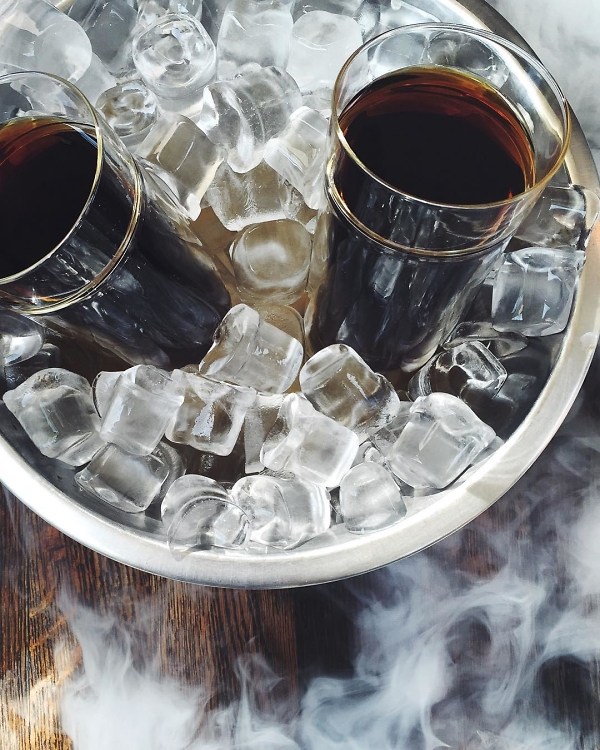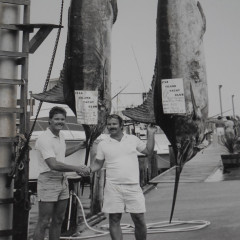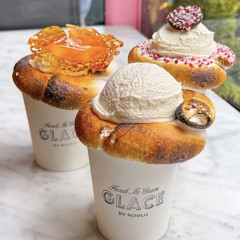What's the deal?

Here are a few things that transformed cold-brew from alternative iced coffee to ubiquitous coffee shop darling (and why we’re all about it):
Lower acidity level: The grounds aren’t subjected to the intense heat of boiling water, making the chemical profile of the final brew different than that of conventionally brewed or drip coffee. Lower acidity creates a smoother cup that’s mellow on the stomach. Similarly, rapidly cooling hot coffee yields a slightly bitter taste. Cold brew’s lower acidity means it naturally tastes sweeter.
Watery problems, no more: Ever poured hot coffee over ice? Then you’re familiar with diluted coffee. And watery coffee is sad. Cold brew puts the dilution in your hands. Since it’s already cold or at room temperature, the addition of ice or added water is entirely optional.
A more caffeinated cup: While caffeine is more soluble and extracts more easily at higher temperatures, cold brew’s high bean-to-water ratio and longer brew time give it more buzz. Add milk or cream to temper intensity, if you like.
[Photo via @doubledecker_cake_and_coffee]


.jpg)
.jpg)



.jpg)
.jpg)
.jpg)



_amber_guinness.jpg)
